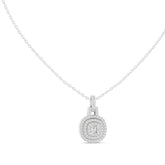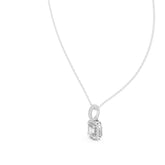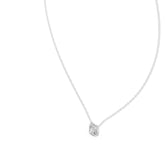The Design Concept
The Design Concept stage in jewelry making is where the creative vision for a piece of jewelry begins to take shape. It involves the process of conceptualizing and visualizing the desired design before it is brought to life.
Here are some key aspects of the Design Concept stage in jewelry making:
-
Inspiration: The designer seeks inspiration from various sources such as nature, art, culture, fashion trends, or personal experiences. They explore different ideas, themes, and motifs that resonate with the intended design.
-
Sketching or Rendering: The designer translates their ideas and inspiration into visual representations. They may sketch the design by hand using pencil and paper or use computer-aided design (CAD) software to create digital renderings. These initial sketches or renderings capture the basic form, shape, and proportions of the jewelry piece.
-
Design Elements: The designer considers various design elements to enhance the aesthetics and appeal of the jewelry piece. These elements include line, shape, texture, color, balance, symmetry, and harmony. They strategically incorporate these elements to create a visually appealing and cohesive design.
-
Functionality and Wearability: The designer ensures that the design is not only visually appealing but also practical and comfortable to wear. They consider factors such as weight, proportions, movement, and ergonomics to ensure that the piece is wearable and functional.
-
Materials and Techniques: The designer evaluates which materials and techniques will best bring the design concept to life. They consider the characteristics of different metals, gemstones, and other materials to determine how they will complement and enhance the design. They may also envision specific techniques like stone setting, engraving, or texturing that will add depth and intricacy to the design.
-
Iteration and Refinement: The initial design concept is refined through multiple iterations and feedback. The designer may create several versions of the design, making adjustments, enhancements, or simplifications along the way. They pay attention to the overall balance, harmony, and coherence of the design.
-
Client Collaboration: In some cases, the designer collaborates with clients to understand their preferences, style, and desired outcome. The client's input and feedback help shape the design concept to ensure it aligns with their vision and expectations.
The Design Concept stage is crucial as it forms the foundation for the entire jewelry-making process. It sets the direction, aesthetics, and overall vision for the final piece, guiding subsequent stages such as material selection, wax modeling, casting, and finishing.






